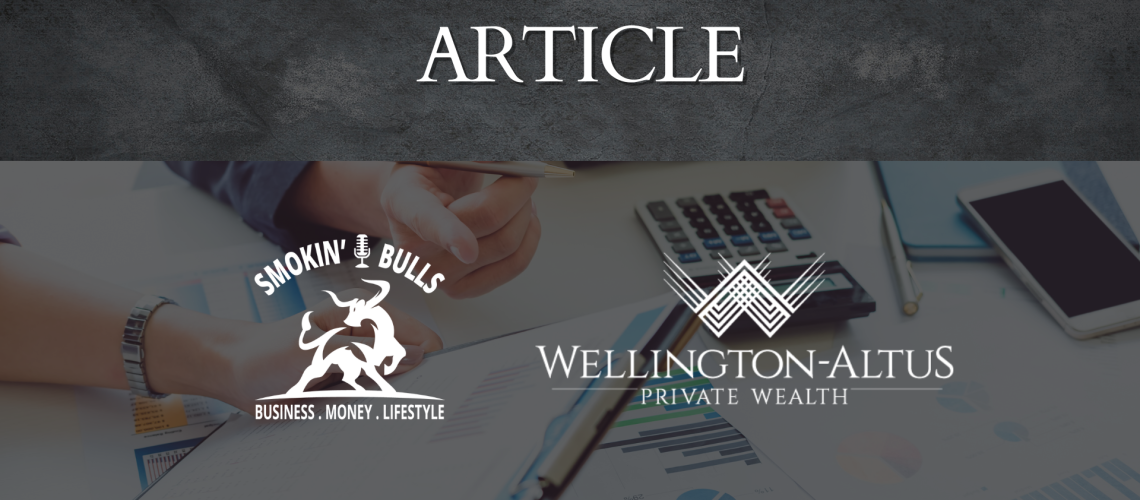“The desire to perform all the time is usually a barrier to doing
well in the long run.” — Howard Marks
With slower economic growth, an evolving tariff situation and rising geopolitical uncertainty, many investors may be looking at ways to take a more defensive stance in their portfolios.
A Flight to Safety: The Increasing Attention to Gold
To start 2025, following a two-year bull market, the S&P 500’s performance lagged behind gold. According to the World Gold Council, demand for gold remained “insatiable” throughout 2024, hitting record highs to start the year.¹
What’s behind this surge? Gold is often viewed as a safe-haven asset—a hedge against political and economic instability, inflation or stock market volatility. Unlike fiat currencies, gold cannot be printed or manipulated, making it a stable store of value. Interestingly, this surge has been driven largely by central banks. In 2024, the central banks of Poland, Turkey and India significantly increased their gold reserves.
In fact, central bank purchases accounted for 21 percent of global gold demand last year.² For central banks, gold offers stability, particularly when currencies weaken due to economic slowdowns or trade disruptions. Many emerging market central banks purchase gold to reduce reliance on the U.S. dollar in foreign exchange reserves. For investors, gold and certain other commodities can provide
diversification, as they tend to have a low correlation with stocks and bonds. They may also help to hedge against currency fluctuations, making them a potential tool in volatile markets.
Defensive Considerations for Uncertain Markets
Beyond commodities, here are a handful of other ways investor stake a defensive approach:
Fixed-Income Investments — Shorter-term bonds and other fixed-income assets can help preserve capital in uncertain markets. For investors needing stable income, such as retirees, a well-structured fixed-income strategy can provide stability and cash flow if equities experience a downturn and require time to recover. In recent years, bond yields have generally risen to multi-year highs (and investors may benefit from price appreciation if interest rates decline), restoring their role as a stabilizing investment for uncertain environments.
Defensive Sectors & Securities — Certain industries may be considered “defensive” in nature—for example, consumer staples, utilities, and healthcare. These tend to hold up better during economic downturns, providing essential goods and services regardless of market conditions.
Some securities are also designed to perform better in volatile markets. Convertibles offer equity exposure with some downside protection through a fixed-income component. Certain structured notes combine bonds and options to provide downside protection while maintaining equity exposure.
Alternative assets—such as private equity, private debt, infrastructure, commodities and real assets—can also help diversify a portfolio beyond traditional investments. Their defensive qualities depend on the nature of the asset and the type of market downturn.
A Good Defense? An Existing Offense
Of course, effective portfolio management is designed to provide protection throughout the inevitable ups and downs of the markets. Here are some key principles:
Diversification — A diversified portfolio prepares for multiple possible outcomes, recognizing that markets—like the near-term outlook—are inherently unpredictable. A well-diversified approach helps adapt to different environments and evolving scenarios.
Portfolio Rebalancing — Rebalancing ensures your asset mix stays aligned with your original investment strategy, maintaining the right balance of risk and return to support your long-term goals. Over time, market fluctuations can cause certain holdings to grow disproportionately large, shifting the portfolio’s overall risk profile. Rebalancing involves trimming positions that have outperformed and reinvesting in areas that may be underweighted to restore the intended asset allocation. This disciplined approach helps manage risk.
A Focus on Quality — Established companies with strong balance sheets, low debt and healthy cash flows are generally better positioned to withstand economic downturns. Many of these companies maintain or even increase dividend payments during market declines, providing investors with reliable income and potential downside protection.
The Bottom Line
These elements may all contribute to a more defensive position during uncertain times. Any approach to navigating uncertainty depends on individual risk tolerance, investment goals and timeline. If you’d like to discuss strategies for your specific situation, please reach out.
1. https://www.cnbc.com/2025/02/05/worlds-demand-for-gold-hit-another-record-high-in-2024.html; 2.
https://www.gold.org/goldhub/research/gold-demand-trends/gold-demand-trends-full-year-2024#


